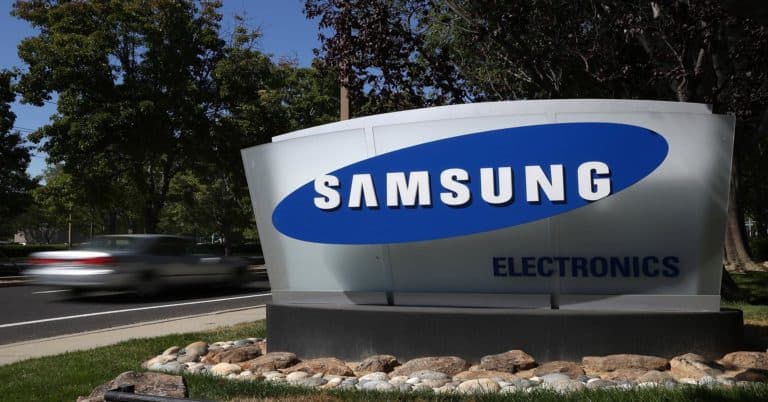Samsung has announced in a blog post that it has started producing a 7 nanometer chip with extreme ultraviolet (EUV) technology. It concerns the 7nm low power plus (LPP) chips. With EUV it is possible to work on a smaller area when making chips.
EUV uses a wavelength of 13.5 nanometres for light to project onto so-called silicon wafers. This makes it possible to project functions onto a smaller area for the production of the chips. This may reduce the size of the structures. Until now, argon fluoride (ArF) immersion technologies were used, which could use a wavelength of 193 nanometers. That was too big for the ever-smaller chips.
The technology also makes it possible to offer improved performance, as well as less energy consumption. Compared to its 10nm FinFET predecessors, Samsung’s 7LPP technology can deliver 40 percent more efficiency with 20 percent better performance or 50 percent less power consumption.
The new chips give Samsung’s customers the opportunity to build new products that need to do more with 5G, artificial intelligence, Enterprise and Hyperscale Datacenter, IoT, cars and networking. “With the introduction of the EUV process nodes, Samsung has led a silent revolution in the chip-industry,” said Charlie Bae, executive vice president of foundry sales and marketing at Samsung.
2020
“The fundamental shift in how wafers are produced gives our customers the opportunity to significantly improve the timeframe in which their products enter the market, with superior throughput, fewer layers and better yields. We are sure that 7LPP will be an optimal choice not only for mobile devices and HCP, but also for many cutting-edge applications.”
The process is expected to be used for Samsung’s upcoming high-end soc for smartphones due in 2019. The company expects to have the capacity for customers who need a lot of chips by 2020. The company also makes chips for other smartphone manufacturers.
This news article was automatically translated from Dutch to give Techzine.eu a head start. All news articles after September 1, 2019 are written in native English and NOT translated. All our background stories are written in native English as well. For more information read our launch article.